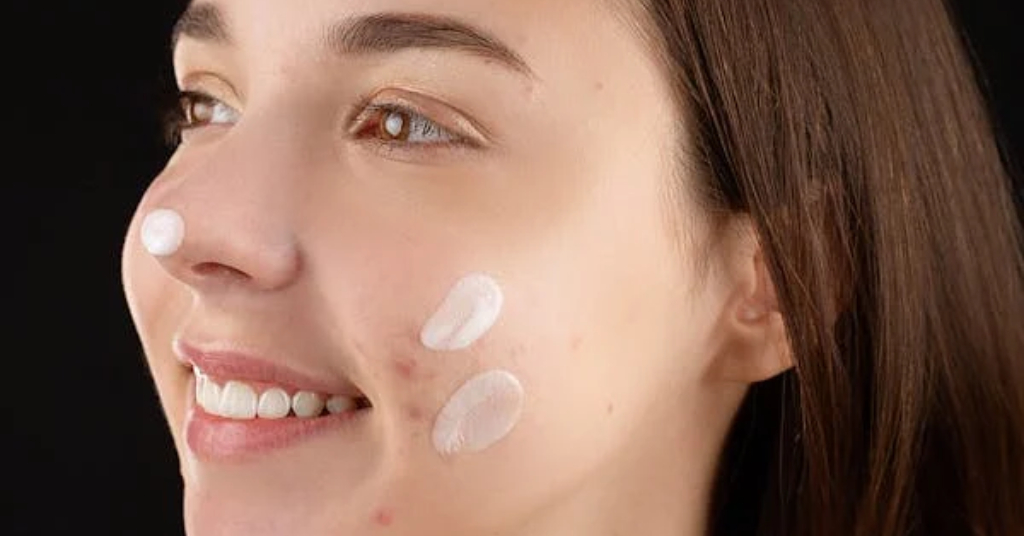
Understanding Hyperpigmentation: The Science Behind Cosmetic Claims
Hyperpigmentation is a common skin concern that affects people of all ages and skin types. It occurs when certain areas of the skin produce more melanin than usual, leading to dark spots, patches, or an overall uneven skin tone. While the condition is harmless, it can impact self-esteem, making the demand for effective cosmetic products skyrocket. But how do you know if a product truly works? Here, we delve into the science behind cosmetic claims on hyperpigmentation.
What Causes Hyperpigmentation?
Hyperpigmentation can be triggered by various factors, including:
- Sun Exposure: UV rays stimulate melanin production, leading to sunspots.
- Inflammation: Post-inflammatory hyperpigmentation (PIH) occurs after skin trauma, such as acne or injuries.
- Hormonal Changes: Conditions like melasma are often linked to hormonal fluctuations, especially during pregnancy.
- Medications: Certain drugs can increase melanin production as a side effect.
Understanding these causes is crucial for developing and evaluating effective cosmetic products aimed at reducing hyperpigmentation.
Common Ingredients in Anti-Hyperpigmentation Products
Cosmetic companies often promote a range of ingredients as effective in treating hyperpigmentation. Here are some of the most popular:
- Vitamin C: A powerful antioxidant, vitamin C inhibits melanin production and lightens dark spots. Its efficacy depends on the concentration and formulation.
- Niacinamide: This form of vitamin B3 reduces the transfer of melanin to skin cells, helping to even out skin tone.
- Retinoids: Known for their cell turnover properties, retinoids can fade hyperpigmentation by accelerating skin renewal.
- Alpha Arbutin: Derived from plants, alpha arbutin inhibits tyrosinase, an enzyme involved in melanin production.
- Kojic Acid: Produced by fungi, kojic acid is a natural brightening agent that reduces the appearance of dark spots.
- Hydroquinone: Although effective, hydroquinone’s use is controversial due to potential side effects. It’s often regulated in cosmetic products.
Evaluating Cosmetic Claims: What to Look For
When it comes to cosmetic products for hyperpigmentation, not all claims are created equal. Here’s what consumers should consider:
- Clinical Evidence: Products backed by clinical studies are more likely to deliver on their claims. Look for peer-reviewed research that supports the efficacy of the active ingredients.
- Concentration Matters: The effectiveness of an ingredient often depends on its concentration in the product. For example, a product with 0.5% retinoid may be less effective than one with a higher concentration.
- Product Formulation: The formulation, including pH levels and delivery mechanisms, can affect how well the active ingredients penetrate the skin and work on hyperpigmentation.
- Consistency is Key: Hyperpigmentation treatment requires consistent use over several weeks or months. Instant results are usually unrealistic, so be wary of products that promise quick fixes.
- Regulatory Approvals: Products with approvals from reputable health authorities or dermatological societies tend to have undergone rigorous testing.
Navigating Marketing Claims
Cosmetic companies often use persuasive language to market their products. Phrases like “clinically proven” or “dermatologist recommended” can be misleading if not backed by solid evidence. It’s important to scrutinize these claims, seeking out detailed information on the studies conducted, the sample sizes used, and the specific results obtained.
Conclusion
As consumers become more educated about skincare, the demand for transparency in cosmetic claims, especially those related to hyperpigmentation, is growing. While many products on the market can help reduce the appearance of dark spots, understanding the science behind these claims is essential for making informed decisions. Always look for products with credible clinical backing, appropriate ingredient concentrations, and formulations designed to address hyperpigmentation effectively.
By staying informed and discerning, you can better navigate the world of skincare and choose products that truly work for your unique skin concerns.
Services we Provide:
| Service Category | Description |
|---|---|
| In-vitro Efficacy Testing | Testing cosmetic products using the RHE tissue model of Episkin to evaluate product claims such as anti-aging, moisturizing, and skin barrier enhancement. |
| Safety Testing | Assessment of skin irritation, corrosion, and sensitization potential using the RHE tissue model of Episkin. |
| Skin Irritation Tests | Evaluating potential skin irritation of cosmetic ingredients and formulations using the RHE model. |
| Skin Corrosion Tests | Determining the corrosive potential of cosmetic products using the RHE tissue model. |
| Barrier Function Tests | Testing the ability of cosmetic products to maintain or enhance skin barrier function with the Episkin model. |
| Photographic Analysis | Capturing high-resolution images of the Episkin model before and after treatment to support efficacy claims visually. |
| Regulatory Compliance Support | Providing data from in-vitro testing with the Episkin model to support regulatory submissions and claims validation. |
